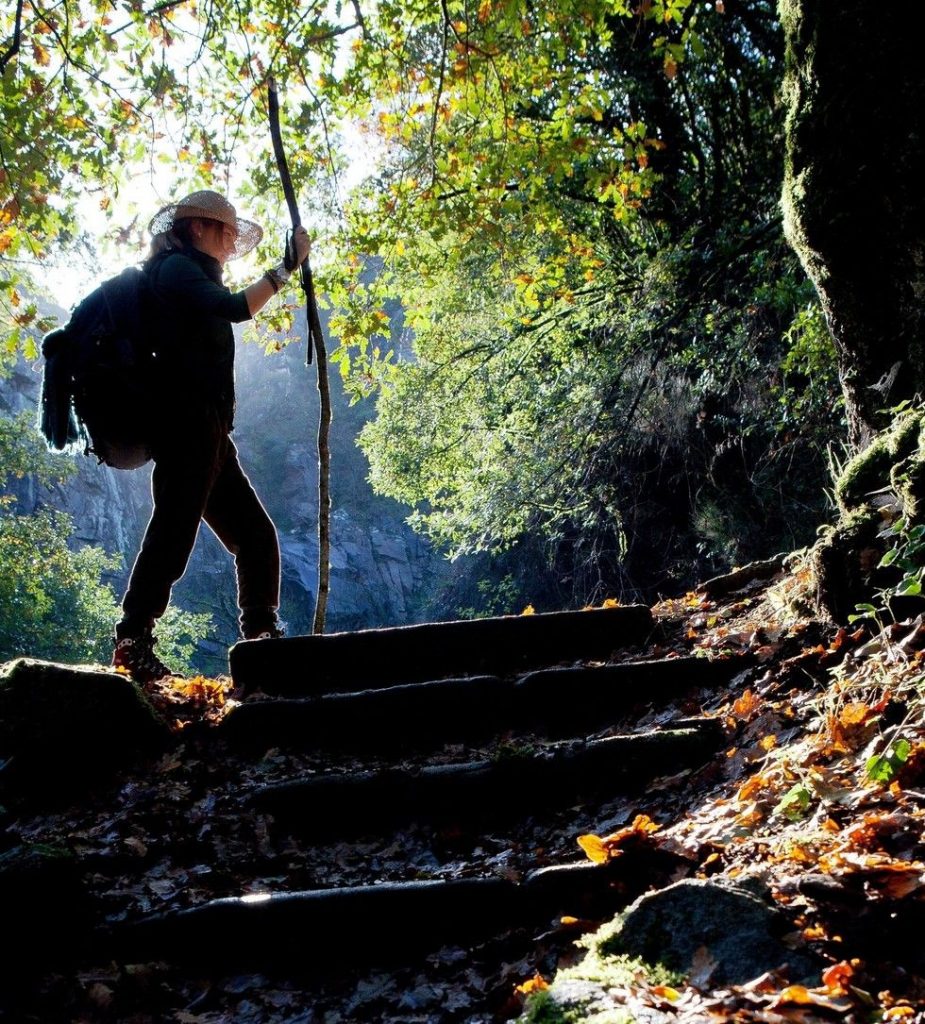Article translated by an automatic translation system. Press here for further information.
South-East Road: a stroll between nature
By Xunta de Galicia | 28/04/2017

The Camino del Southeast of the Camino de Santiago recovers the Vía de la Plata and enters Galicia by sites of overwhelming nature. Among these natural riches are the forests of Ourense, the corners of the Deza region and the imposing river Ulla. In this article we tell how the South-East Road was born and what are some of the treasures kept for the pilgrim.
Why is it called Vía de la Plata? How was this road born?
The Camino de Santiago del Southeast extends the Roman road called Vía de la Plata, which joined Emerita Augusta (Mérida) with Asturica Augusta (Astorga). This route enters Galicia through A Mosque and is the longest Jacobean Galician route.
/imgs/2017/04/caminosantiago-allariz-art.jpg
The name Vía de la Plata does not, however, have to do with the trade of this precious metal. It comes from the Bal'latta Arabic, which is the word with which the Muslims designated that broad, cobbled street.
However, this name was later used for the American silver trade arrival at the docks of Seville. On this route Almanzor also advanced with his infantry. And for her, apparently, they returned centuries later, from Córdoba to Compostela, the bells of the Cathedral that he himself had taken on that occasion.

In the second half of the s. XIII, this itinerary begins to be used by pilgrims from Andalusia and Extremadura. Some continued to Astorga, linking here with the French Way of the Camino de Santiago; others took the deviation from Puebla of San-A Gudiña and from here, either by Laza or through Verín, to Ourense and Santiago. Other pilgrims also arrived in northeastern Portugal towards Verín.

What is the Camino de Santiago?
The South-East Road runs through Galicia a natural and ethnographic heritage of exception: the overwhelming richness of the province of Ourense, the region of Deza and the river Ulla flow offer the walker many attractions.
Finally, from Portugal, there were several interior roads toward Santiago that penetrated the province of Ourense, such as the one from Chaves reaches Verín through Feces de Abaixo.
More about Camino del Southeast del Camino de Santiago.